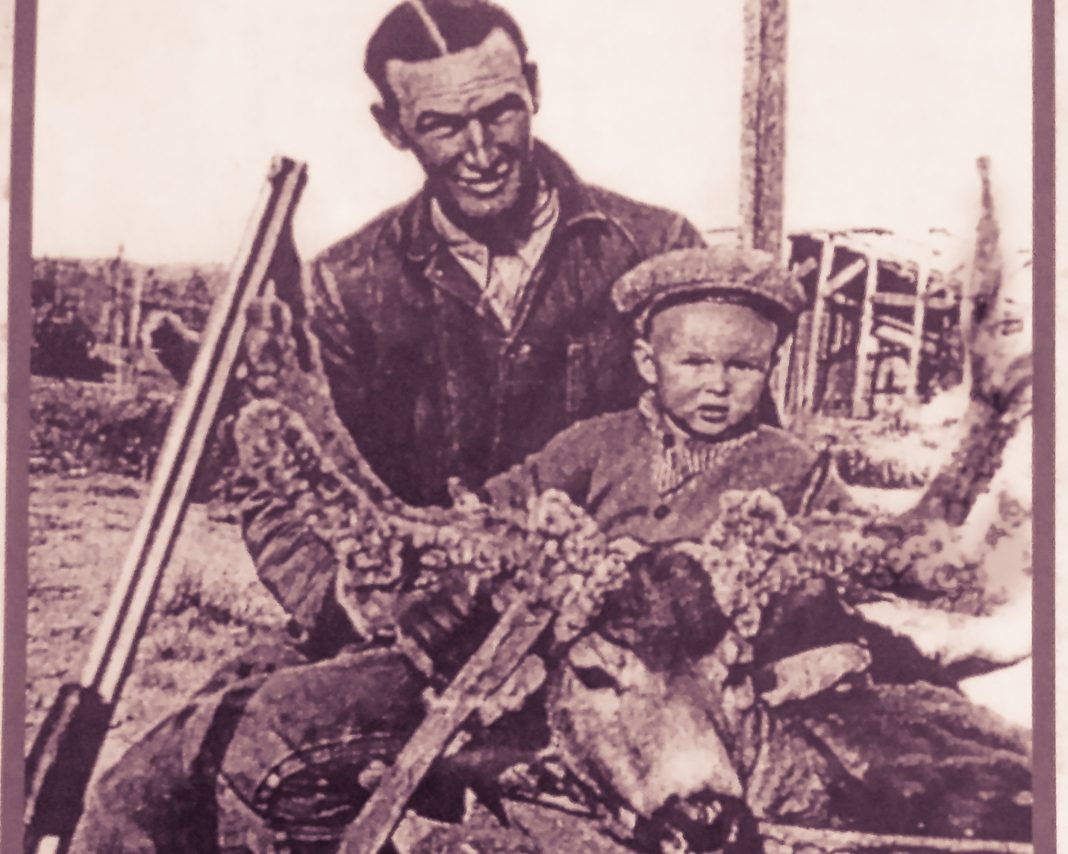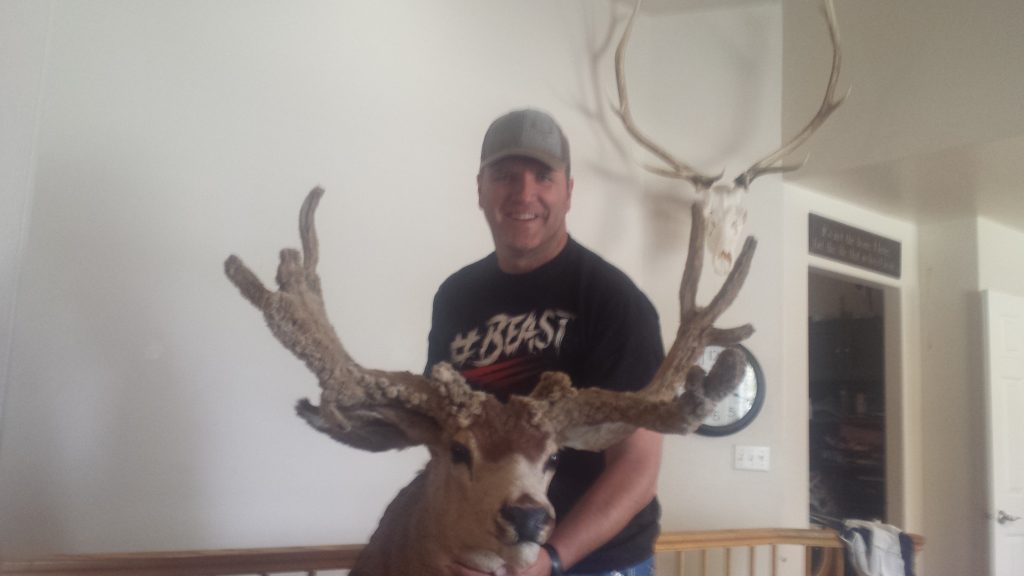What was a Buck worth during the depression?
The Great Depression in the fall of 1934 was in full force in Southern Utah. Even those families who previously had thought themselves very self-sustaining with small farms, animals, and produce with little or no debt found life very difficult. There was no cash. Middle and low-income rural America had no money. If you couldn’t trade it or barter for it you couldn’t get it because you had no cash or coin. Such was the circumstances that my Grandparents Ivin & Maribah Holt of Enterprise, UT found themselves in.
The chickens that grandpa had hoped would provide some cash had died from cholera. He had good luck raising rabbits but the postage for mailing the furs was more than the furs were worth. His good milk cows provided enough for his young family and a little extra for bartering, and with the aid of a milk separator, the cream was processed and shipped to surrounding areas. Soon the cream process dropped and even the cream check wasn’t enough to pay the water and light bill. Pork was $0.15 per pound but no one had $0.15. Eggs were $0.15 a dozen and were traded for goods at the local store. If you raised it and someone else needed it, it was valuable.
Much of the farm and garden produce from the cool mountain climate of Enterprise was traded with the folks 40 miles away and 3,000 ft. lower in elevation in St. George. Summer temperatures of well over 100 degrees made gardening a tricky process, but warm weather fruits like grapes and nuts as well as molasses were great bartering products from the south. Grandpa worked on the road department with his team of horses pulling a rock sled for $1.00 a day as credit to pay the taxes.
Being a very religious couple, they worked hard and prayed constantly that they would have food and supplies for life. They believed that there would be an answer to their pleas and that a way would be provided. In that frame of thought, one midday in late October while working in the field, Grandpa felt impressed to go home for lunch. Once there he got his old 40-65 colt rifle and proceeded to walk about 3 blocks from home into the foothills surrounding the small town. Spring Creek wash marked the end of the street and as he crossed through the rabbitbrush and up the far bank he entered a small clearing in the pinion and juniper trees.
There on the other side of the clearing not 30 yards away was a beautiful buck. Grandpa was an expert marksman and as he pulled the trigger he knew that he had made a clean shot to the neck, but the buck never flinched. He levered another round into the chamber and found the same spot in the sights and squeezed the trigger again. The Buck stood absolutely still but ever so gradually his neck bent and the old Roman nose touched the ground. Grandpa put another round in his gun and approached the buck that by this time had dropped onto his front knees. He could tell that the buck was mortally wounded and was not going anywhere. As he drew closer what attracted him most about the buck was the size of the animal’s body and the beauty of its massive antlers still in the velvet.
Inspection of the body upon field dressing showed that the buck did not have any testicles which accounted for him still being in the velvet even during the beginning of the rut. Grandpa walked back to the house, got one of his horses, and went back to retrieve the buck to bring back to town. It was estimated that the buck, with the head, weighed in at over 380 lbs. When bulling the cape off Grandpa found two bullet holes in the area of a silver dollar in the neck. The buck had been a tough ol’ boy as either shot should have dropped him in his tracks.
There were in town numerous hunters with money from Southern California. Of course, word spread around town quickly and everyone came to see the impressive buck. One of the hunters from Southern California offered Grandpa $50 cash for the head. That was a lot of money for Grandpas family. Grandpa thought about it for a minute and then the guy told Grandpa that he could keep the meat, he only wanted the head. At that point there was no thought; the head and cape were off to California.
The proud new owner won two “Big Buck” contests with the buck and for several years had the buck proudly displayed in his home. Upon his death years later, his widow contacted a friend from Enterprise and asked if Grandpa was still living there. She contacted grandpa and ask him if he would like his head back. Grandpa said yes of course and in the 50s the buck came back to Enterprise. Sometime in the late 80s early 90s the buck went to live at my uncles home and was there until he handed it down to me in 2016. “Buck” now holds a prominent place on my wall and will be there until one of my children wants to take him home. Grandpas buck was a big 5X6 (with too many little points to count) and just under 36” wide.
















